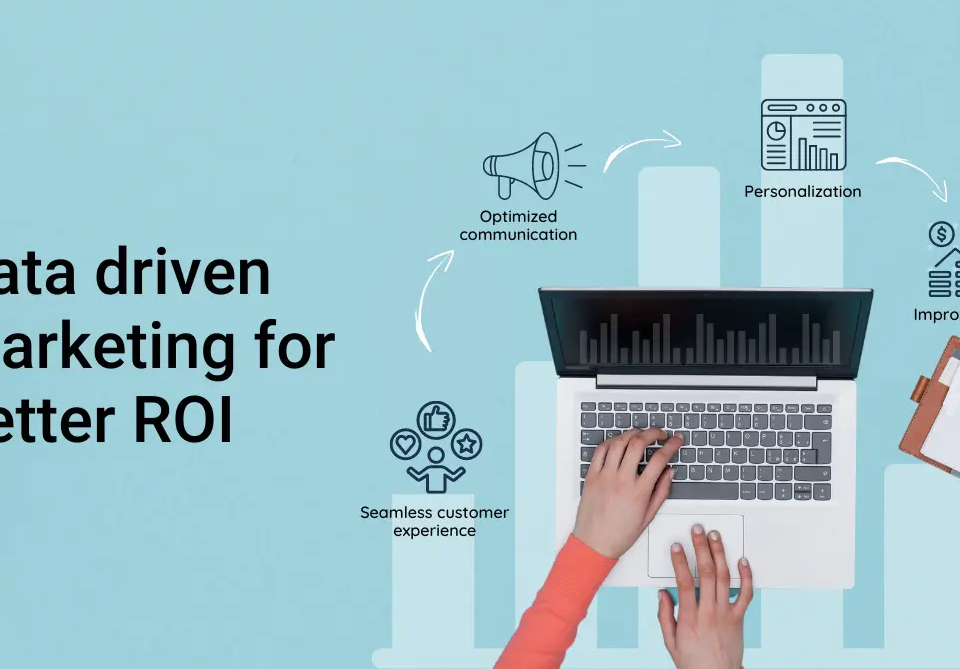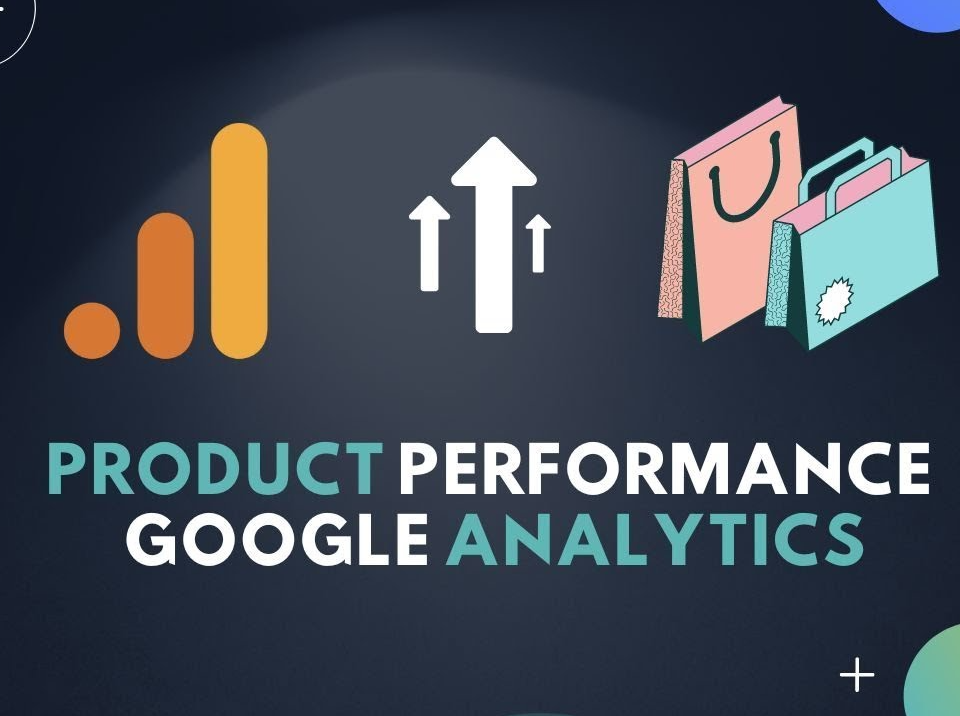- Call Now for a Free Evaluation
- +2347034964068
Advanced Google Analytics Strategies for 2024: Maximizing Data Insights
As we move further into 2024, the role of data in digital marketing has never been more critical. Google Analytics, especially with the full transition to Google Analytics 4 (GA4), offers a powerful suite of tools that can help you gain a deep understanding of user behavior, optimize your campaigns, and make data-driven decisions. However, to fully leverage these capabilities, a technical and advanced approach is necessary.
In this comprehensive guide, we’ll explore some of the most critical advanced strategies in Google Analytics that you should master in 2024. These strategies will enable you to maximize the value of your data, improve accuracy, and stay ahead of the competition in a rapidly changing digital landscape.
1. Mastering Event Tracking with Google Tag Manager (GTM)
Event tracking is a cornerstone of GA4, allowing you to monitor and measure specific user interactions on your website. Google Tag Manager (GTM) simplifies the implementation of event tracking, enabling you to deploy and manage tags without directly editing your website’s code.
- Event Taxonomy Design: Start by designing a comprehensive event taxonomy that aligns with your business objectives. This involves identifying the key interactions that drive value, such as clicks, form submissions, downloads, and video plays. Each event should be classified with specific parameters (e.g., event category, action, label) to ensure that the data is structured and easy to analyze.
- Custom Event Implementation: Using GTM, set up custom events that go beyond the standard interactions tracked by GA4’s enhanced measurement. For example, you might want to track the interaction rate with specific elements like banners, calls-to-action, or product filters. Each event should be meticulously tested using GTM’s preview mode to ensure accuracy before going live.
- Advanced Trigger Configurations: Leverage GTM’s advanced triggering options to refine your event tracking. For instance, you can create triggers that fire only under certain conditions, such as tracking form submissions only when all fields are correctly filled out. This ensures that your data is as clean and relevant as possible.
2. Implementing Server-Side Tagging for Enhanced Data Control
As third-party cookies become less reliable and privacy regulations continue to tighten, server-side tagging is becoming increasingly important. By shifting data collection and processing to your server, you can enhance data accuracy, reduce the risk of data loss, and better comply with privacy regulations.
- Setting Up Server-Side Containers: Begin by creating a server-side container in Google Tag Manager and hosting it on a cloud platform like Google Cloud or AWS. This setup allows you to manage and process tracking data on your server before sending it to GA4 and other analytics platforms.
- Configuring Data Streams: In your server-side setup, configure data streams to ensure that only the necessary data is forwarded to GA4. This allows you to filter out unnecessary or sensitive information, reducing the risk of privacy violations and improving data accuracy.
- Data Anonymization and Privacy Controls: Server-side tagging gives you the ability to anonymize user data before it’s sent to analytics platforms. Implement privacy controls that strip personally identifiable information (PII) and ensure compliance with GDPR, CCPA, and other regulations.
3. Leveraging Custom Dimensions and Metrics for Granular Insights
Custom dimensions and metrics are powerful tools in GA4 that allow you to capture and analyze data that is specific to your business needs. Unlike the default dimensions and metrics, which are pre-defined by Google, custom dimensions and metrics can be tailored to track the exact information you need.
- Designing Custom Dimensions: Custom dimensions allow you to track attributes of users or sessions that are not captured by default in GA4. For example, you could create a custom dimension to track user types (e.g., logged-in users vs. guests) or content categories (e.g., blog, product page, landing page). Ensure that these dimensions are consistent and standardized across your site to enable meaningful analysis.
- Custom Metrics for Performance Analysis: In addition to dimensions, custom metrics can be used to track quantitative data that is specific to your business. For instance, you could track the average time spent on a specific type of content or the number of interactions per session. Custom metrics are particularly useful for creating KPIs that align with your business goals.
- Implementing in GA4: To implement custom dimensions and metrics, start by defining them in your GA4 property settings. Once defined, use GTM to populate these fields with data from your site. This process requires careful mapping of data points to ensure accuracy and relevance.
4. Advanced Funnel Analysis with GA4’s Exploration Reports
GA4 introduces powerful new tools for funnel analysis, allowing you to build and explore complex user journeys. This is essential for understanding how users move through your site and identifying potential drop-off points.
- Creating Custom Funnels: Unlike Universal Analytics, which primarily used goal-based funnels, GA4 allows you to create custom funnels using any combination of events. This flexibility enables you to model user journeys that are specific to your site’s structure and user behavior.
- Analyzing Funnel Performance: Use GA4’s Exploration Reports to visualize and analyze your custom funnels. These reports offer a range of visualization options, including standard funnels, path explorations, and segment overlap analysis. Pay special attention to drop-off points within your funnels, as these are key opportunities for optimization.
- Segmenting Funnel Data: GA4 allows you to apply segments to your funnels, enabling a deeper analysis of how different user groups navigate your site. For example, you could segment your funnel by traffic source, user type, or geographic region to uncover insights about specific user behaviors.
5. Implementing and Testing Cross-Domain Tracking
For businesses that operate across multiple domains, cross-domain tracking is essential for maintaining a unified view of user sessions. GA4 offers enhanced capabilities for cross-domain tracking, but proper setup and testing are crucial to avoid data fragmentation.
- Configuring Cross-Domain Tracking in GA4: Start by listing all relevant domains in your GA4 property settings under “Tagging Settings.” Ensure that your tracking code is correctly configured to recognize users as they move across different domains.
- Linker Parameters and Cookie Settings: Adjust your tracking code to include linker parameters, which help maintain session continuity across domains. Additionally, ensure that your cookie settings are consistent across all domains to avoid discrepancies in session tracking.
- Thorough Testing Across Devices and Browsers: Cross-domain tracking setups can be complex, so rigorous testing is essential. Use GA4’s real-time reports and DebugView to monitor user sessions as they move across domains. Test across different devices and browsers to ensure consistent tracking behavior.
6. Utilizing Google BigQuery for Advanced Data Analysis
One of the most powerful integrations available in GA4 is the ability to export your data to Google BigQuery. This allows you to perform advanced queries on your raw analytics data, enabling more sophisticated analysis and custom reporting.
- Setting Up BigQuery Export: Connect your GA4 property to Google BigQuery to start exporting your raw event data. This setup provides you with a complete dataset that you can query using SQL, allowing for detailed, custom analysis that goes beyond GA4’s native reporting capabilities.
- Custom Queries for Deep Analysis: Use BigQuery’s SQL capabilities to run complex queries on your GA4 data. For example, you can analyze user paths across sessions, calculate custom metrics that are not available in GA4, or segment your data in highly specific ways.
- Data Visualization with Google Data Studio: Integrate BigQuery with Google Data Studio to visualize your custom queries. This setup allows you to create highly customized dashboards that present your data in a clear, actionable format, tailored to your specific business needs.
7. Enhancing Attribution Models with GA4’s Machine Learning
Attribution modeling is a critical aspect of understanding which marketing channels contribute to conversions. GA4’s machine learning capabilities offer advanced attribution models that can provide a more accurate understanding of your marketing performance.
- Data-Driven Attribution: GA4 automatically offers data-driven attribution as the default model, which uses machine learning to analyze the impact of various touchpoints on conversions. This model can give you a more nuanced view of how different channels contribute to the customer journey.
- Custom Attribution Models: If your business has unique attribution needs, consider setting up custom attribution models in GA4. You can use GA4’s attribution tool to compare different models, such as linear, position-based, or time decay, and determine which one best aligns with your marketing strategy.
- Integration with Google Ads: For businesses heavily invested in paid search, integrating GA4 with Google Ads allows for enhanced attribution modeling that takes into account all interactions with your ads across multiple sessions and devices. This integration helps you optimize your ad spend by focusing on the channels and keywords that drive the most value.
Conclusion
To stay competitive in 2024, mastering the advanced capabilities of Google Analytics 4 is essential. By delving into event tracking with GTM, implementing server-side tagging, leveraging custom dimensions and metrics, performing advanced funnel analysis, ensuring cross-domain tracking, utilizing BigQuery for deep analysis, and enhancing attribution models with machine learning, you can unlock the full potential of your data.
These advanced strategies will not only provide you with deeper insights into user behavior but also enable you to optimize your marketing efforts with precision. As you navigate the complexities of digital analytics, staying updated with these techniques will be crucial for driving sustained growth and maintaining a competitive edge.
If you need assistance with any of these advanced Google Analytics strategies or want to ensure your analytics setup is fully optimized, our team of experts is here to help. Contact us today to take your data analysis to the next level and drive success in 2024.





